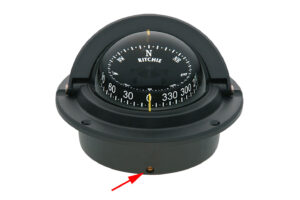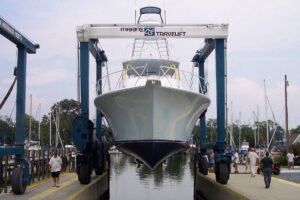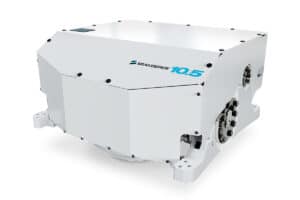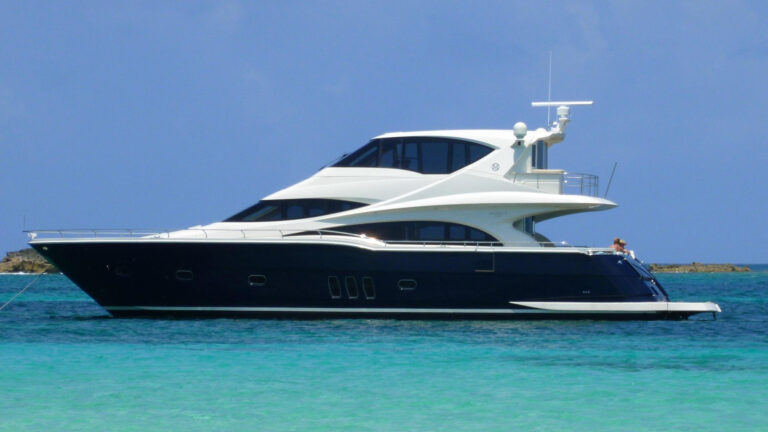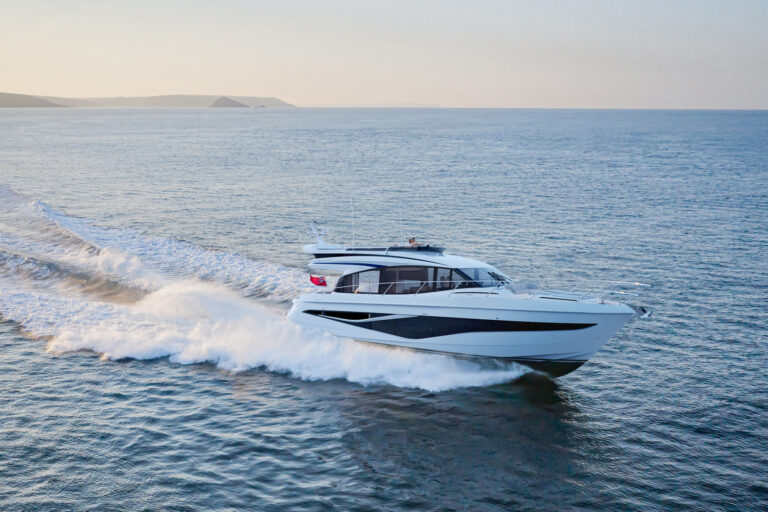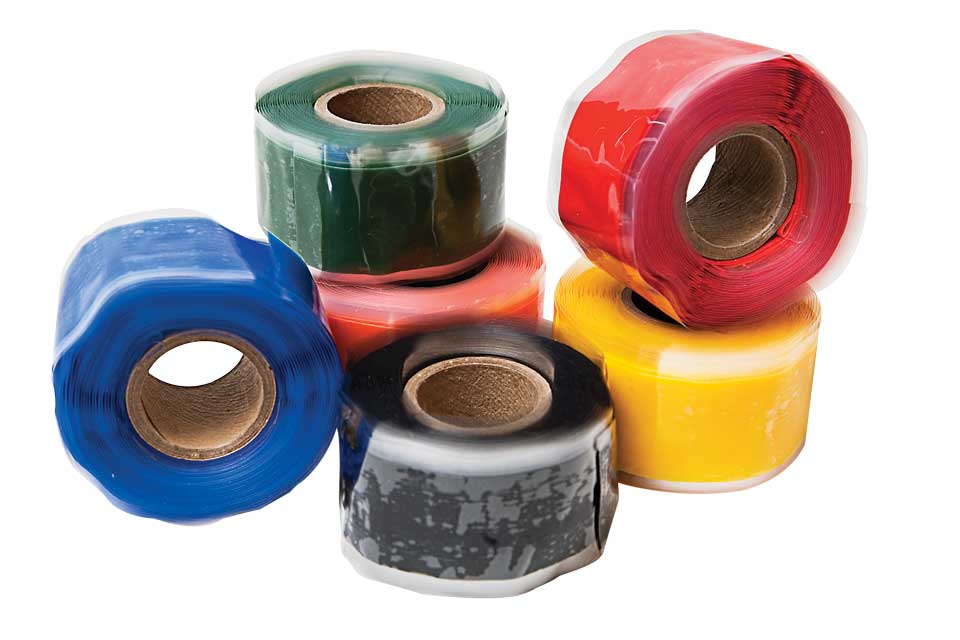
rescuetape.jpg
Rescue Tape ($9.95) is not your typical adhesive tape but rather a self-fusing silicone wrap that can be used in a variety of applications, from repairing split hoses or pipes to waterproofing electrical connections. Since the product does not use adhesive but instead bonds to itself, it can be used on wet, dirty or oily surfaces — so long as the surface of the tape remains clean — to create an airtight and watertight seal in seconds. Rescue Tape has a 950 psi tensile strength, a continuous operating temperature ranging from minus 76 degrees F to 392 degrees F and a long shelf life, so be sure to grab a couple rolls and throw them in your tool kit for emergencies. Rescue Tape, 702-953-0968; www.rescuetape.com

pump.jpg
Edson’s 120ELB electric diaphragm pump ($2,673) can pump 40 gallons of liquid per minute. Good for when a seacock fails or if there is a significant leak in the engine room, the 120ELB can pump liquid that contains large, suspended solids, can run dry and has a suction lift of up to 18 feet, so even from the lowest part of the bilge you can reach over the side. Available in heavy-duty bronze or lightweight aluminum, the pumps can be used for emergency dewatering, cleaning up spills and transferring gray water. Edson Marine, 508-995-9711; www.edsonmarine.com
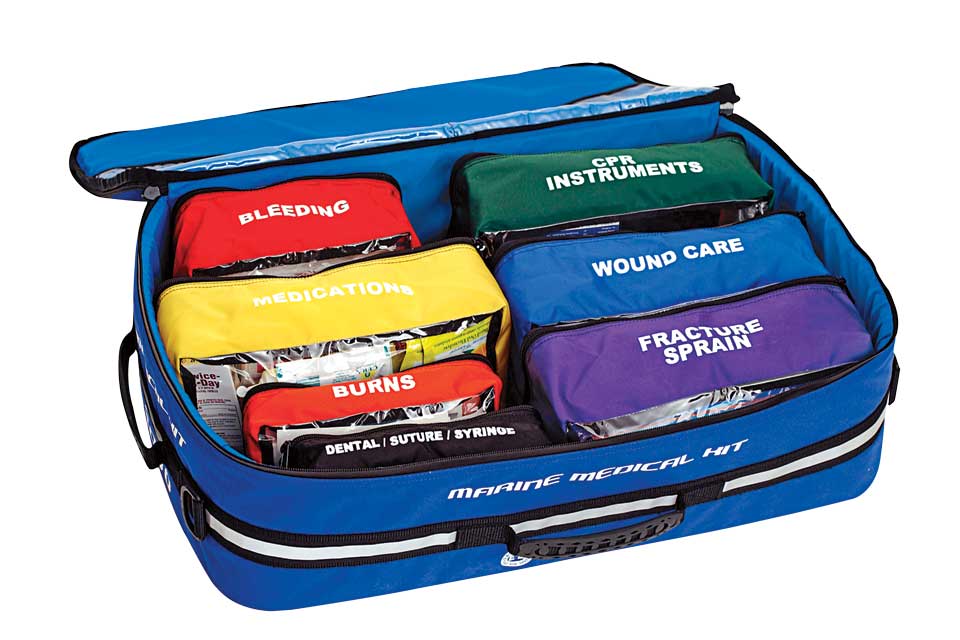
firstaidkit.jpg
One of the worst things that can happen while cruising offshore is having a crew or guest experience a serious injury. Being properly equipped with a quality first-aid kit, like the Marine 3000 ($795) from Adventure Medical Kits, will give you peace of mind while under way and help keep everyone on board a little safer. The contents of the Marine 3000 are organized in color-coded, injury-specific bags (bleeding, suture/syringe, CPR/instruments, medications, wound care, burns and fractures and sprains, depending on the kit) for ease of use in an emergency, and each bag includes a reference card for the contents. Also included in the Marine 3000 is the book A Comprehensive Guide to Marine and Travel Medicine, for instruction on how to treat more serious injuries while at sea. Adventure Medical Kits, 510-261-7414; www.adventuremedicalkits.com
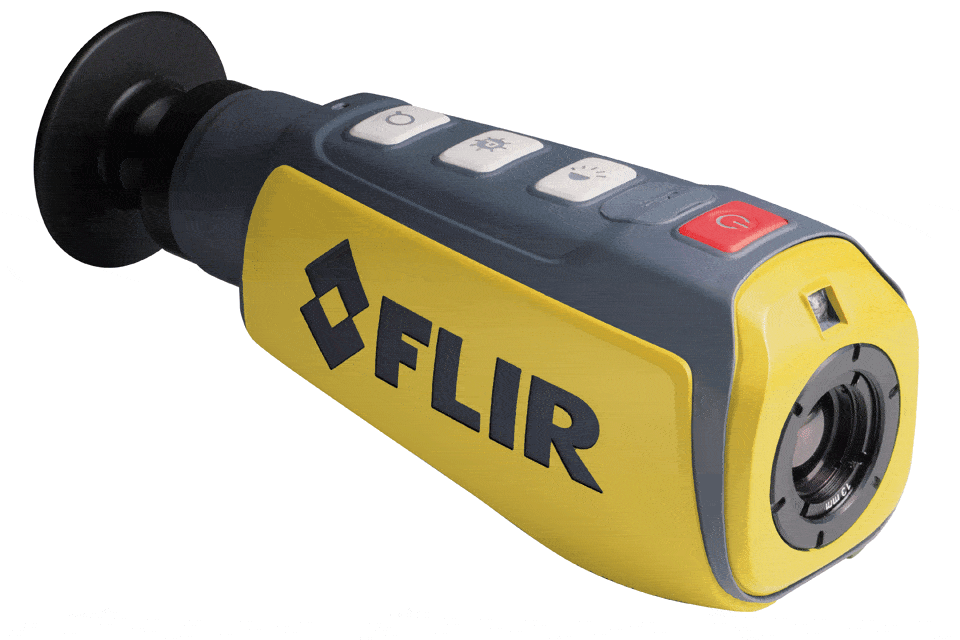
flashlight.jpg
Wherever you are cruising, whether offshore or in the harbor, losing crew overboard is always a serious situation, especially when it happens at night. FLIR has recently added the new First Mate MS ($1,999) to its series of thermal-imaging, handheld devices. Weighing only 12 ounces, the First Mate MS is easy to use with one hand, and has an improved start-up time. The First Mate has a rechargeable lithium-ion battery, so it’ll be ready when you need it, comes with optional 240 x 180 or 320 x 240 resolution levels and has a 2X digital zoom. FLIR, 877-773-3547; www.flir.com
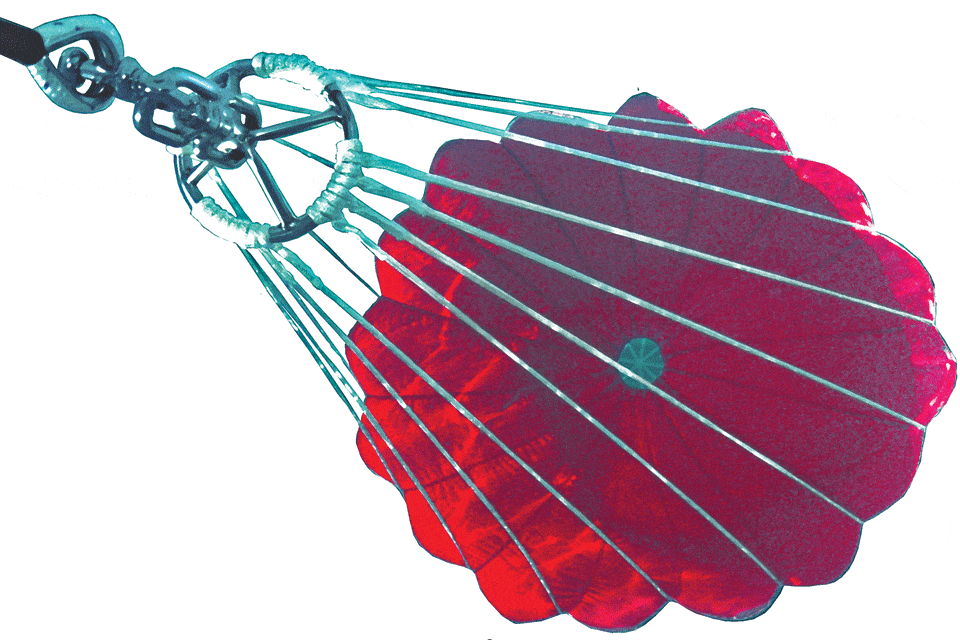
seaanchor.jpg
The offshore sea anchor ($2,150 for a 24-foot parachute, $2,460 for a 28-foot parachute) from Fiorentino Para-Anchors is easily deployed when the seas kick up or you need to hold station. Deploy the trip line, throw the package overboard on the windward side of the vessel and secure the nylon rode to a cleat on deck — internally placed weights will sink the chute below the waves and prompt it to fill. Fiorentino’s patented Para-Ring technology allows the parachute canopy to self-adjust while underwater in response to churning ocean swell, and prevents chafing by spreading the shroud lines. Fiorentino Para-Anchors, 800-777-0732; www.para-anchor.com

